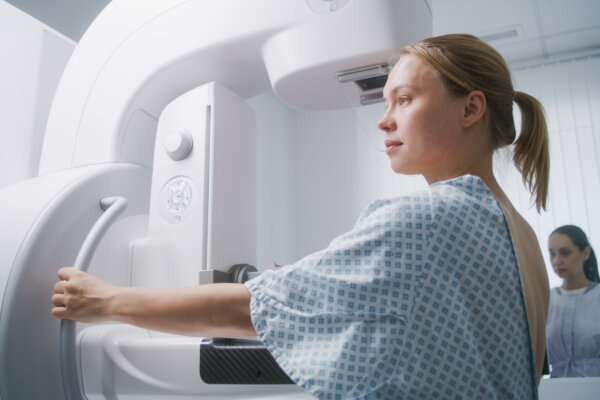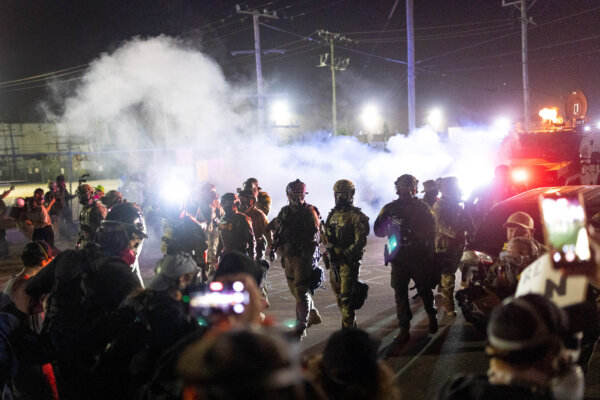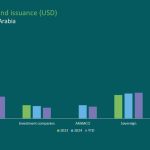![]() Starting Sept. 10, all women undergoing mammography for breast cancer will be informed on the density of their breasts, according to a new update by the U.S. Food and Drug Administration (FDA).
Starting Sept. 10, all women undergoing mammography for breast cancer will be informed on the density of their breasts, according to a new update by the U.S. Food and Drug Administration (FDA).
Dense breast tissue can make cancer more difficult to detect on a mammogram, the FDA wrote in its press release. Like cancer tumors, fibroglandular tissue appears white on mammograms. According to the release, approximately half of women over 40 in the United States have dense breast tissue. Dense breasts are also a risk factor for breast cancer development.
What Does the Mandate Mean for Patients?
Prior to the FDA’s new mandate, nearly 40 states were already informing women about their breast density.
“Breast density is determined from mammograms,” as “breast density is a radiologic term,” Kerlikowske said via email. There are four categories of assessing breast density that must be reported:
- Entirely fatty
- Scattered areas of fibroglandular density
- Heterogeneously dense (may obscure small masses)
- Extremely dense, (lowers the sensitivity of mammography)
About forty percent of women have heterogeneously dense breasts while 10 percent have extremely dense breasts.
Limitations of Mammograms
While women with dense breasts have a higher chance of cancer being missed, a 2022 study showed that false negatives from mammograms tend to be low, and false positives—which can create a mental burden on women—are much more prevalent.
The study showed that an annual digital mammography has a 56 percent chance of a false positive while a biennial digital mammography has a 38 percent chance of false negative.
She said that women with dense breasts who test negative for their mammogram should discuss it with their provider if they want to do additional tests like ultrasound and MRIs.
While ultrasounds and MRIs may be more sensitive to detecting breast cancer, they are costly and also carry a risk of false positives.
The average risk of a woman developing breast cancer in her lifetime is 13 percent. For these women, age is the strongest risk factor, with most developing breast cancer at 50 or older.
Having a first-degree relative with breast cancer carries about the same amount of risk as having dense breasts, said Kerlikowske.
Other factors that increase a woman’s risk of breast cancer include carrying the BRCA1 or BRCA2 gene mutation for breast cancer or having had radiation therapy to the chest before they were 30 years old.
The American Cancer Society recommends that women with at least a 20 percent chance of developing breast cancer should get breast MRIs.











